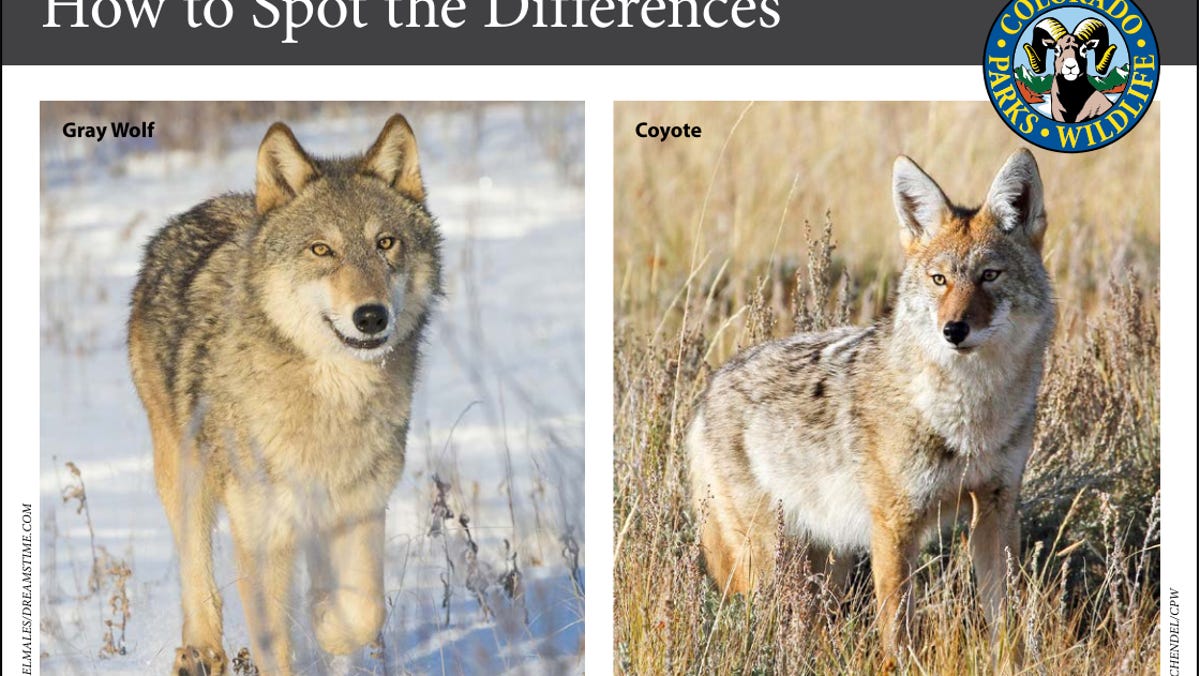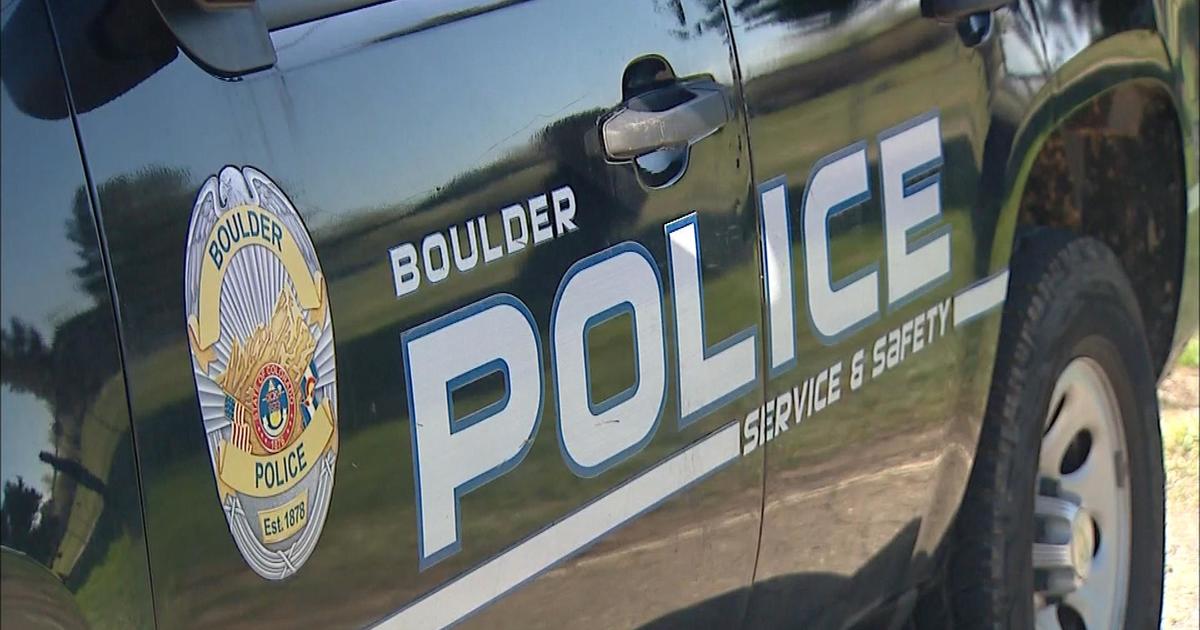Colorado
Colorado schools get extra $24 million for migrant enrollment – Washington Examiner

Gov. Jared Polis (D-CO) signed a bill Thursday that would give public and charter schools affected by the recent rise of undocumented migrant students enrolling in them a one-time $24 million boost from the state education fund.
The Colorado Department of Education will determine how much school districts receive using a multitiered funding model that’s based on how many new students enrolled following an annual October headcount that sets each district’s state funding.
“Schools are scrambling to ensure that they have the funds to be able to support both our new students and the needs that they have with paraprofessionals, folks who can help with English language acquisition and all of the wraparound services that they need, as well as supporting all of the students who were already in our schools and as we face some overcrowding of classrooms,” Denver Rep. Emily Sirota, a Democrat, said during the bill-signing ceremony.
Sirota, who sponsored the legislation, called the unprecedented situation of asylum-seekers overwhelming city and state resources “quite substantial and unusual in terms of scope.”
By law, public schools are required to enroll minors regardless of immigration status.
“It is our obligation still to make sure everybody entering our public schools is getting an education,” Sirota said. “There is more need for more paraprofessionals, more teachers, more English language services, more wraparound services.”
Funding for districts and charter schools will come in two forms. First, they will receive a fixed rate between $15,000 and $750,000 from the Colorado Department of Education based on how many new students have been enrolled. Second, they will receive $4,500 per either their total net student population or the number of new arrivals.
CLICK HERE FOR MORE FROM THE WASHINGTON EXAMINER
While funding is available for all Colorado schools affected by the migrant crisis, Denver, a self-described “sanctuary city,” has recorded the lion’s share, 41,055, of new arrivals. Of those, thousands have been enrolled in Denver Public Schools since the October funding deadline.
“Our system was never built to handle this kind of challenge,” said Rob Gould, president of the Denver Classroom Teachers Association. “You’re taking an already stressed system and applying more stress to it.”

Colorado
Bill originally meant to ban ‘prone restraint’ for Colorado officers passes with new purpose

DENVER (KKTV) – A bill in Colorado that was originally intended to ban “prone restraint” for officers, outside of cases in which the use of deadly physical force is justified, passed the Senate and now has a new purpose.
HB24-1372, Regulating Law Enforcement Use of Prone Restraint, is headed to the governor’s desk as of Thursday morning. Following amendments, if signed into law the bill would require that law enforcement agencies adopt, and publish on their website, a written policy regarding the use of prone restraint. The policy must include when medical aid must be requested or rendered after the use of prone restraint. Prone restraint means a person is laid in the facedown position by someone else.
“In many circumstances, prone restraint is a tactic used safely by law enforcement and does not lead to harmful outcomes. However, when misused, it can lead to serious injury and even death, and one death is too many,” said Rep. Julie Gonzales. “Officers are already trained on the appropriate use of the tactic, but outliers unfortunately occur. This bill codifies best practices for the use of prone restraint, promoting safety for community members who are placed in it, and the law enforcement officers who deploy it, while extending currently existing liability to officers who misuse it.”
Under the bill, law enforcement agencies would be required to adopt a policy on the use of prone restraint by July 1, 2025, and the Peace Officer Standards and Training Board would be required to make a training on the use of the prone position available to law enforcement agencies. By July 1, 2026, law enforcement agencies would be required to implement and train peace officers on the provisions of their adopted policies and procedures.
Many law enforcement officials opposed the original purpose of the bill. 11 News has reached out to several agencies to see if their chiefs agree with the way the bill is currently written.
Copyright 2024 KKTV. All rights reserved.
Colorado
Colorado has more wolves, but would you know one if you saw one? Here is what to know

Colorado releases wolves from Oregon
Colorado Parks and Wildlife captured 10 wolves in northeast Oregon and released them in Grand and Summit counties in late December 2023 as the initial stage of its reintroduction plan.
Confirmation of dead wolves in Larimer and Elbert counties in recent weeks has only heightened public awareness that wide-wandering wolves can show up anywhere in Colorado.
Colorado Parks and Wildlife has received hundreds of calls and wolf sighting reports in recent years.
Those sightings could increase this summer, as Colorado has more wolves on the landscape after reintroducing 10 in late December in recreation-heavy Grand and Summit counties, and as the weather warms and more people head outdoors to recreate.
Still, your chances are slim to see a wolf but here are things you should know about wolves and recreating:
Could you distinguish between a wolf and coyote? They look similar. Here are telltale differences
Here are the differences, according to Colorado Parks and Wildlife:
- Wolves are about twice the size of coyotes. However, smaller wolves can be about the same size as larger coyotes.
- Wolves can measure up to 6 feet in length, including the tail, and stand approximately 30 inches in height at the shoulder. Females usually weigh 70 to 80 pounds, while males weigh 95 to more than 100 pounds.
- Coyotes typically measure up to 4 feet in length, including tail, and stand closer to 18 inches in height at the shoulder. They generally weigh 15 to 45 pounds.
- Wolves have larger and blockier snouts/muzzles and shorter and more rounded ears than coyotes, which have longer, narrower features.
- Wolves have distinctively bushier and shorter tails than coyotes.
- Wolf tracks are about 5 inches long by 4 inches wide, with four symmetrical toes and identifiable claws.
- Coyote tracks are similar but are about half that size.
- Wolf track paths usually show a direct, purposeful route.
How to report a wolf sighting and what to include in the report
Colorado Parks and Wildlife has a wolf sighting form and receives hundreds of reports and calls a year with people claiming to have seen a wolf.
The agency received six confirmed wolf sightings between 2004 and 2019. The latter year was when what became the breeding female of the North Park pack was discovered in Jackson County.
Since that breeding female and male naturally migrated into Jackson County and gave birth to six pups in spring of 2021, confirmed sightings have increased.
The agency encourages reporting of wolf sightings.
Here are important elements when reporting a sighting:
- Clear video and/or photos, while making sure to keep a safe distance.
- Photograph or video the tracks and measure them, placing an easily identifiable object next to the tracks.
What to do if you and your pet encounter a wolf
Wolves pose little risk to humans but some risk to dogs, which they see as competition for prey and as encroaching on their territory.
Here are safety tips when recreating:
- Make lots of noise if you come and go when wolves are most active — dusk to dawn.
- Dogs should be leashed or under strict voice control while recreating.
- Bear spray can be effective in warding off an attack.
- Keep dogs close to your home during the day and bring them inside at night.
In the extremely rare case that you encounter a wolf:
- Keep visual contact with the animal.
- Keep your dog away from the wolf.
- Face the wolf but slowly move away (don’t run or bend down) to seek shelter.
- If it approaches you, make yourself look larger by raising your hands, make loud noises and wave an object such as a hiking stick in front of you.
- If attacked, fight back using your fingers or sharp objects on the wolf’s most sensitive areas, including underbelly, face and eyes.
Where might you encounter a wolf in Colorado?
The reintroduction of wolves has increased their presence in Colorado and wolves wander widely.
Confirmed sightings of naturally migrating and released wolves stretch from the West Slope to the Eastern Plains.
A dead wolf was discovered in Larimer County on April 18.
The wolf found dead in Elbert County in eastern Colorado on April 3 was discovered through blood samples to have wandered from Michigan or Wisconsin.
The highest concentration of wolves remains in the general vicinity of their initial release sites in Grand and Summit counties. That is where the majority of recent wolf depredations on livestock have taken place.
Colorado Parks and Wildlife has released four monthly wolf activity maps showing watersheds in which its 12 wolves (11 after the deceased wolf in Larimer County) were detected travelling via pins from their GPS tracking collars.
The latest map recorded wolf movements March 26 through April 23. That map showed notable movement of a wolf or wolves in Larimer County, expanding eastward in watersheds encompassing roughly the western three-fourths of Larimer County. Those watersheds include one that reaches just east of U.S. Highway 287 north of Fort Collins and another south to U.S. Highway 34 west of Loveland.
It’s important to note with the watershed map that watersheds can be quite large. Also, if a collar or collars pings in a watershed, the entire watershed is marked as having a wolf or wolves in it at some point in the last month. It does not necessarily mean a wolf or wolves are currently in those areas.
Colorado
Boulder officer hurt in response to woman with knife

Boulder Police Department arrested a woman with a knife inside a store on Wednesday evening. She was taken into custody around 8 p.m.
Officers are asking the public to avoid the area of 3900 block of Broadway in North Boulder as they investigate a report of a woman inside a store with a knife.
An officer was reportedly injured during the incident and was taken to the hospital for treatment while one person was now “safely in custody.” The officer reportedly has non-life threatening injuries.
CBS News Colorado will continue to provide updates on the incident.
-

 News1 week ago
News1 week agoLarry Webb’s deathbed confession solves 2000 cold case murder of Susan and Natasha Carter, 10, whose remains were found hours after he died
-

 Education1 week ago
Education1 week agoVideo: Dozens of Yale Students Arrested as Campus Protests Spread
-

 World1 week ago
World1 week agoHaiti Prime Minister Ariel Henry resigns, transitional council takes power
-

 News1 week ago
News1 week agoFirst cargo ship passes through new channel since Baltimore bridge collapse
-

 World1 week ago
World1 week agoUS secretly sent long-range ATACMS weapons to Ukraine
-

 World1 week ago
World1 week agoSpanish PM Pedro Sanchez suspends public duties to 'reflect'
-

 News1 week ago
News1 week agoAmerican Airlines passenger alleges discrimination over use of first-class restroom
-

 World1 week ago
World1 week agoAsia bears biggest climate-change brunt amid extreme weather: WMO















